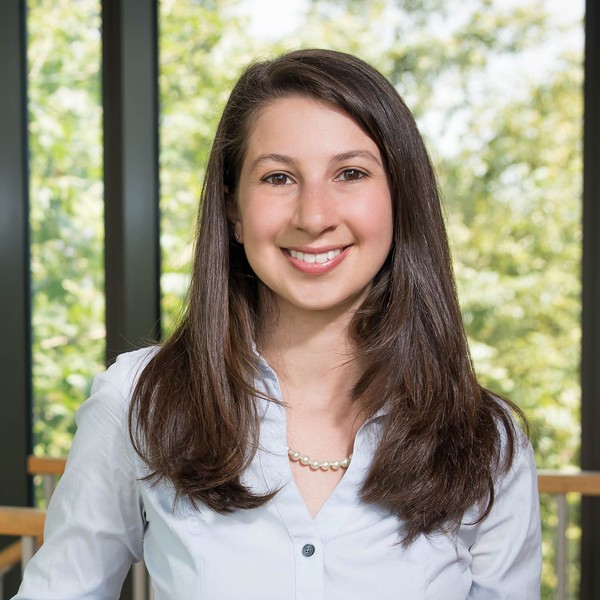On April 10th, 2019, the Event Horizon Telescope (EHT)[1] released the world's first image of a black hole. Located at the center of the giant galaxy M87, the black hole is 55 million light-years from Earth and has a mass 6.5 billion times greater than that of our Sun. On April 11th, The Guardian selected Katie Bouman as the one who contributed the most to this black hole observation. In recognition of her work, the BBC also named her one of the 100 Women of the Year in 2019. Let’s learn more about her efforts to achieve unprecedented research success.

Katie Bouman started participating in the EHT project as a junior researcher in 2013. It was a project to compose a single image from the vast astronomical data collected with telescopes. It took 3 years just to set up the imaging code to compose this image. Then, in 2016, while working on her Ph.D. at the Massachusetts Institute of Technology (MIT), Katie Bouman started developing algorithms that made black hole imaging possible. As data from telescopes around the world arrived in June 2018, Katie Bouman and her small team worked on applying her algorithm to collected data in a small room at Harvard University. On April 11th, 2019, CNN explained that Katie Bouman's algorithm created a single image of all the data collected by the EHT installed around the world. In other words, the world could finally see a picture of a black hole on April 10th thanks to her algorithm. Vincent Fish, a research scientist at MIT Haystack Observatory, said, “Bouman was a major part of one of the imaging subteams”. Katie Bouman's work was a great discovery that proved the validity of Albert Einstein's general theory of relativity presented in 1915. The black hole shadow was confirmed to be nearly circular, as predicted by the general theory of relativity, and its mass also coincided with the theoretical estimate. Katie Bouman already introduced a way to check the appearance of a black hole in December 2016. In a TED talk in Brooklyn, USA, she explained that, based on her calculations, an Earth-sized telescope would be necessary to observe black holes. She further motioned, “I’d like to encourage all of you to go out and help push the boundaries of science, even if it may at first seem as mysterious to you like a black hole.” All of her words came true after 3 years. Currently, Katie Bouman is lecturing at the California Institute of Technology as an assistant professor. In 2021, asteroid '291387 Katiebouman' was named after her. Katie Bouman is constantly expanding her influence in the scientific field.
It is obviously hard to run a study without a successful case like Katie Bouman. All the processes she had to go through were new attempts, and it would not have been easy to be certain of the results. Nevertheless, she invested a long time to figure out what a black hole actually looks like. Finally, she overcame the prejudice and limitations that black holes are an unknown area and the world recognized her effort. CAH commemorates Katie Bouman's challenging spirit and supports her future endeavors.
[1] An international project to capture images of black holes after connecting radio telescopes around the world as the size of the Earth virtually. EHT is also the name of this virtual telescope.

